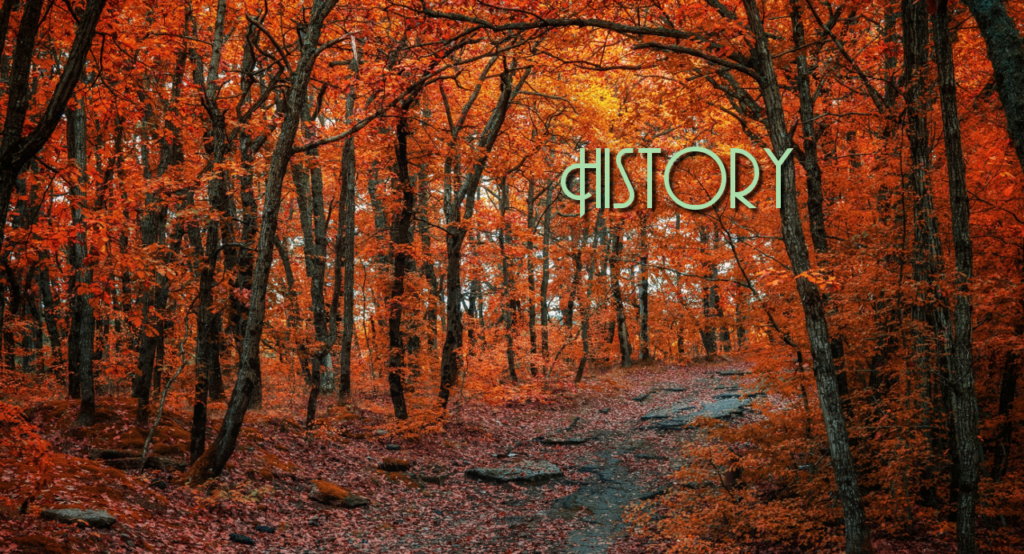 Born May 26, 1906 in Mexico City, Mexico, Joseph (Patrick) MacDonald was initially trained as a mining engineer at the University of Southern California.
Born May 26, 1906 in Mexico City, Mexico, Joseph (Patrick) MacDonald was initially trained as a mining engineer at the University of Southern California.
Turning his interest to film work, MacDonald served a lengthy apprenticeship, starting as assistant cameraman at First National in the early 1920s before eventually graduating to first camera operator by the beginning of the following decade. His first film was 1931’s Sob Sister.
He became a cinematographer upon joining 20th Century Fox in 1941, staying there until 1959. He was equally adept working with black-and-white and color film and was skilled in every genre, from films noir to westerns to musicals.
MacDonald’s first film at Fox was 1941’s Charlie Chan in Rio. Among the classic 1940s films he photographed were Captain Eddie, My Darling Clementine, The Dark Corner, Moss Rose, Call Northside 777, Down to the Sea in Ships, Yellow Sky, It Happens Every Spring, and Pinky.
In the early 1950s, he was responsible for the cinematography of such films as Panic in the Streets, As Young as You Feel, Fourteen Hours, Viva Zapata!, What Price Glory, O. Henry’s Full House, Niagara, and Pickup on South Street before making the first cinemascope film, 1953’s How to Marry a Millionaire. Although filmed before The Robe which was photographed by Leon Shamroy, Millionaire was the second film released in the then new widescreen process.
Still at the height of his career, MacDonald continued to lens some of Fox’s most important 1950s films including Titanic, Broken Lance, Woman’s World, Hell and High Water, House of Bamboo, Hilda Crane, Teenage Rebel, The True Story of Jesse James, Bigger Than Life, Will Success Spoil Rock Hunter?, A Hatful of Rain, and Ten North Fredrick before receiving his first Oscar nomination for 1958’s The Young Lions.
MacDonald’s last film for Fox was 1959’s Warlock. His first film as an independent was George Sidney’s Pepe filmed mostly in his native Mexico, for which he received his second Oscar nomination. His work as an independent continued with such early through mid-1960s films as The Gallant Hours, 40 Pounds of Trouble, Taras Bulba, Walk on the Wild Side, Kings of the Sun, The List of Adrian Messenger, Invitation to a Gunfighter, The Carpetbaggers, Rio Conchos, Flight from Ashiya, Where Love Has Gone, Mirage, Alvarez Kelly, and The Sand Pebbles for which he received his third and final Oscar nomination.
After receiving his third Oscar nomination, MacDonald made only three more films, 1966’s Blindfold, 1967’s A Guide for the Married Man, and 1969’s MacKenna’s Gold, the latter released posthumously.
Joseph MacDonald, who was married and had two children, died December 15, 1968 at 61.
ESSENTIAL FILMS
MY DARLING CLEMENTINE (1946), directed by John Ford
Considered by many critics to be one of Ford’s greatest westerns and one of his best film overall, this was along with 1948’s Call Northside 777 and 1953’s Pickup on South Street, one of the three most lauded pre-cinemascope films lensed by MacDonald. It starred Henry Fonda as Wyatt Earp and Victor Mature as Doc Holliday in the lead-up to the gunfight at the O.K. Corral. The ensemble cast includes Linda Darnell, Walter Brennan, Tim Holt, Cathy Downs, and Ward Bond. The title comes from its theme song, “Oh My Darling, Clementine”. Ford didn’t want to make it but did so to complete his contract with Fox.
HOW TO MARRY A MILLIONAIRE (1953), directed by Jean Negulesco
This classic screwball comedy was the first film made in cinemascope. Fox’s The Robe, lensed by Leon Shamroy under the direction of Henry Koster, was however, the first released in the then new process. It deals with the comic travails of three gold-digging models on the make for rich husbands. Fading star Betty Grable received top billing on screen, but rising star Marilyn Monroe received top billing in all advertising for the film. Lauren Bacall completed the trio. Their marks were played by William Powell (in his last film), David Wayne, Rory Calhoun, and Cameron Mitchell.
THE YOUNG LIONS (1958), directed by Edward Dmytryk
MacDonald received his long overdue first Oscar nomination for this classic war film based on Irwin Shaw’s 1948 novel. Marlon Brando, Montgomery Clift, and Dean Martin share star billing, Brando as a conflicted German officer while Clift and Martin play American soldiers in the final days of World War II. Hope Lange, Barbara Rush, and May Britt play the women in their lives, with Maximilian Schell, Lee Van Cleef, and Liliane Montevecchi in featured roles. Although audiences were clamoring to see Brando and Clift together in a film since the early 1950s, they do not share any scenes together.
PEPE (1960), directed by George Sidney
Panned by the critics but this slight comedy nevertheless received 7 Oscar nominations including one for MacDonald’s cinematography. Cantinflas stars as a young Mexican who goes to Hollywood get his horse back. Shirley Jones sings the title song. You also get Greer Garson trying to buy a prize horse, Edward G. Robinson playing himself as a producer, Bing Crosby autographing Cantinflas’ tortilla, Billie Burke hitting Charles Coburn with a sling shot, Judy Garland heard but not seen, Jack Lemmon in Daphne drag, Maurice Chevalier singing his signature “Mimi”, and Janet Leigh in a bathtub the same year as Psycho.
THE SAND PEBBLES (1966), directed By Robert Wise
Nominated for 8 Oscars, MacDonald received his third and final nomination for Robert Wise’s first film after The Sound of Music. Set in 1926, Steve McQueen received his first and only nomination as a U.S. Naval officer assigned to a gunboat on a rescue mission in war-torn China, as did Mako as his loyal coolie. The film had also received 8 Golden Globe nominations including nods for McQueen and Mako along with an acting win for Richard Attenborough as a fellow sailor of McQueen’s. Candice Bergen was nominated for Best Newcomer for her performances as a missionary in this and as a lesbian in Sidney Lumet’s The Group.
JOSEPH MACDONALD AND OSCAR
The Young Lions (1958) – nominated – Best Cinematography, Black-and-White
Pepe (1960) – nominated – Best Cinematography, Color
The Sand Pebbles (1966) – nominated – Best Cinematography, Color













